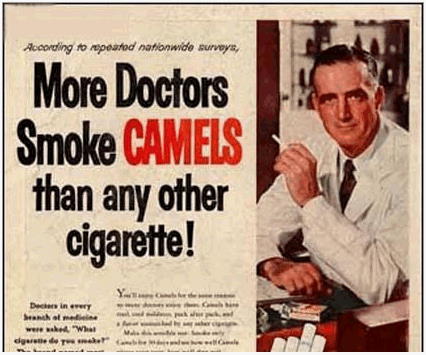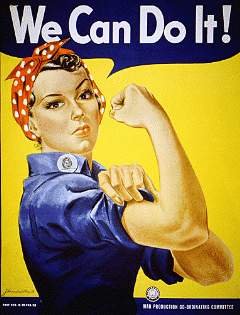[Please enjoy this next installment of the travels of the Journey's resident aesthete, Vicki Lucas. I can't think of a better way to tour our American land in 1967 than her articles…]

by Victoria Lucas
No Time!
I’m just starting to get used to the pace. New York is not San Francisco or Berkeley. I feel as if Alice’s rabbit is screaming “No time! No time.” We are on the go all the time, except for an hour or two hanging with friends.

Alice's rabbit
Like last weekend. It was too hot to stay in NYC, so we made our way to New Jersey, where our VW bus is garaged. We brought some things but had planned to do a little shopping on the way, partly because it would have been too much trouble to carry very much with us on public transportation. We can cook on our little camp stove, and we thought we would check out a couple places as we drove to Mel’s folks’s summer home in Maine, overnighting there before returning. It’s about a 6-hour drive from where our bus is parked.
We stopped briefly in New Hampshire. Wow! What we found there!

Shaker houses
Have you ever heard of the Shakers? A sort of cult of “Mother Ann,” a British woman who prophesied that her religious organization would die out, and it is clear that is happening. After nearly 200 years in the United States, and a peak of around 6,000 Shakers in 21 communities, the streets of these celibate communities are empty, and the few remaining members are sustaining themselves mainly by selling handmade furniture and some of their other first-ever products, such as seeds! I was fascinated to learn that their group was the first to package and sell seeds! They are also the authors of the Shaker spiritual “‘Tis the Gift to Be Simple,” appropriated in Aaron Copland’s “Simple Gifts,” and used in his “Appalachian Spring.” We stopped and toured one of the communities briefly, like a sort of living museum, finding out that they adopted orphans to carry on their traditions, but too many of these adopted sons and daughters decided not to stay.

A smoking mother-in-law
It was weird seeing Mel’s parents. I will never forget waking up the next morning in the sofabed on their lower level, noticing that Mel was up–and that his mother was sitting by herself on a hard armless chair, smoking and looking at me. All I could think of to say was, “Good morning.” (Does it have anything to do with the fact that I’m his 3rd wife? Or that I’m 19 years younger than he?)

Abbie Hoffman
Oh! I almost forgot to tell you. Among the meetings with places and dates emblazoned on mimeographed sheets handed out on the streets of the Lower East Side was one back in July during the Newark riots. We spent 2 days going to meetings to decide how to help the people trapped behind barricades without water and food. But the meetings were anarchic, and everyone had a different opinion and was willing to let the meetings drag on and on as no decisions were made. Finally, after enduring meetings starting Friday at 6 pm and continuing on Saturday, Abbie Hoffman stood up to his full height (quite intimidating, actually) and announced that he had a plan and he was going to carry it out and anyone who was willing to help was welcome. He was going to get a truck, stuff it with food and water and other necessities for those in need and drive it to Newark, going as far as he could into needy neighborhoods. He would only want a few people to distribute the goods, but he would need money. We gave him a few bucks and gratefully departed. Thank goodness someone is willing to step up! The two of us had had no idea how to help.
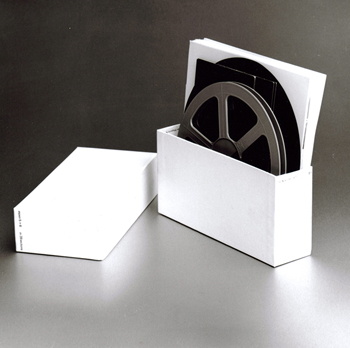
Aspen, no. 5+6
My man Mel works full time, and I am only part time at Phillis’s place but loving it! When she finally releases the new Aspen “magazine” (culture in a box in the form of a film on a reel and many other bits and pieces) issue (numbers 5 and 6 combined) it will be a square white box with only a little printing on it–in fact, just like the picture above. I had never worked for anyone before whose office was in her bedroom. It’s like this, as far as I can tell: Phyllis (Johnson Glick, but she seldom uses her married name) works as a journalist and editor for Nebraska State Journal, Women’s Wear Daily, Advertising Age, and American Home Magazine (and probably others), so when she is not working at a publisher's office, she works from home. So she gets up, makes her bed, and immediately starts using it as a desk as she finishes her coffee. She does have a little hard writing surface on a bedside table with a lamp, when she needs to write something. She calls me when she is going to work on her new creation, has set up her paper piles on the bed, and is nearly ready to start telling me what to do. I've never met her husband–he is probably gone long before I get there.
About the stapled, wholly paper "magazine" we are used to, Phyllis wrote this in 1966: "Last year, a group of us enjoying the sun, skiing and unique cultural climate of Aspen Colorado, asked ourselves, ‘Why?’" So she started creating something completely different, a magazine in a box with every piece (including ads) separate. Mostly I work the telephone or do the typing at a typing table with a (I think) dining-room chair–she dictates or tells me what needs to be said. If she has dictated it she signs it. There is a lot of telephoning and mailing to do to get the writers to write, the musicians to record, the recording studios to send recordings, and the film people to get their stuff to the copiers and then to us, etc. At the end of the day, Phyllis begins stacking the papers on her bed with sets perpendicular to one another, so she can tell where the different sets begin and should be in a different location in the morning. The stacks are put away off the bed. She tells me when she’s done, and I leave then. She pays me regularly (we both keep track), but I think that if I could afford it I would work for her for nothing–it's such fun to work for such an innovator!
 John Cage
John CageSince Mel is not particularly into music, I went by myself to a concert of John Cage’s music in a church. It was free. That is, it was free to me, because I stayed the whole 4 hours. The longer you stayed, you see, the less you paid. If you left immediately, it was pretty expensive. A few people did. There were a lot of silences.
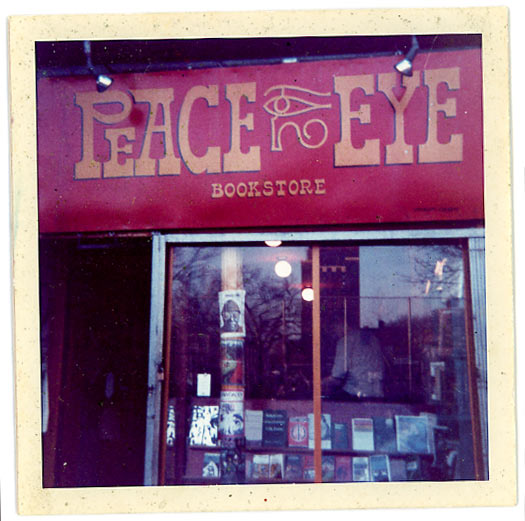 Ed Sanders's Peace Eye Bookstore
Ed Sanders's Peace Eye BookstoreAnd we went to the Peace Eye Bookstore on the lower East Side, Ed Sanders’s place. We met Sanders there but never saw anybody else famous whom we recognized, like Tuli Kupferberg or Peter Orlovsky. We did see an art piece from Allen Ginsberg: a large jar of cold cream, mostly empty. It swung in a small wooden frame from a rafter in the store, which was on the other side of Tompkins Square Park from our place on 3rd Street.
The Tompkins Square Park "Massacre"
We enjoyed the park and went there as often as we could manage. Once when we were passing through, we noticed a large number of hippies with their dogs and children sitting on grass labeled “Do not walk on the grass” (or thereabouts), and as we continued to walk we saw police engaging with some of the people on the grass. Whatever was happening appeared to be escalating. Voices were raised. We decided it would be a good time to go back to our apartment and have some dinner.
When we came back to the park, it was empty, there was debris where the hippies had been, and in a minute there was suddenly a young man handing out mimeographed news sheets, perhaps from the Peace Eye, which had a mimeograph. There had been a large number of arrests, and our presence was invited outside the police station at a given address. It was within walking distance, and we hied ourselves over there, joining a crowd from whom we heard the story: the police brought a van to the park and started arresting people and throwing them into the van. A pregnant woman protested and received the same treatment–everyone was afraid she might have miscarried. Some who didn’t cooperate received blows to the head and were bleeding. As part of the crowd we demanded the release of these peaceful people. We were there about an hour as it got darker and darker. Finally the battered and bloody “criminals” were released, and there was rejoicing. We went back home.
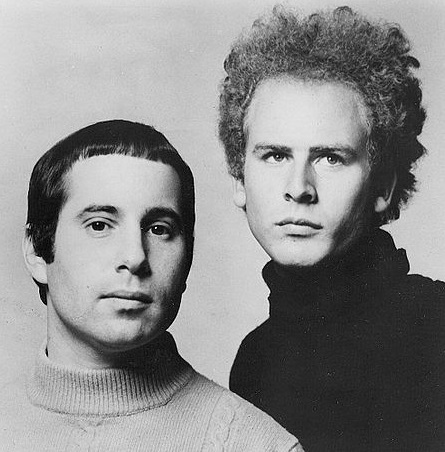 Simon and Garfunkel
Simon and GarfunkelAs bad as NYC gets sometimes-–the trash, the crime (not hippie protest crime), the police, the subway, the homeless–-there are moments when I feel as if I’m in the right place. Like last evening when we had been visiting Central Park and were headed to our bus stop not far from the East River before going home. Someone had a radio on as the twilight descended. As we neared the 59th Street Bridge, guess what song was playing. Yes, it was. It was “The 59th Street Bridge Song.” And we were "kicking down the cobblestones.” And we were “feeling groovy.” Thank you, Paul Simon and Art Garfunkel!

![[August 28, 1967] NYC–the Days are Vacuum-Packed](https://galacticjourney.org/wp-content/uploads/2022/08/peace-eye-e1661305750272-400x372.jpg)

